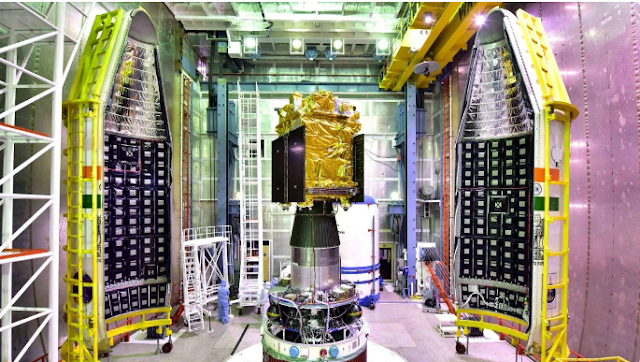Aditya L1 update: Isro set to raise circle of India's lady sun powered mission
Aditya L1 update: Isro set to raise circle of India's lady sun powered mission
The Aditya-L1 mission, a first-of-its-sort for India, expects to concentrate on the Sun and its effect on Earth's current circumstance.
India's aggressive Aditya-L1 mission is set to go through its fourth circle raising move as it proceeds with its excursion outside the planet.
The fourth Earth Bound Maneuvre will be led on September 15 around 02:00 am IST.
This critical step will drive the shuttle nearer to its final location - Lagrange point 1 (L1).
The Aditya-L1 mission, a first-of-its-sort for India, means to concentrate on the Sun and its effect on Earth's current circumstance.
The rocket will be set in a corona circle around the L1 point of the Sun-Earth framework, roughly 1.5 million km from Earth. This remarkable vantage point takes into consideration nonstop perception of the Sun with next to no obscurations or deterrents.
The impending fourth circle raising move assumes an essential part in the mission. By handily using Earth's gravitational power, Isro engineers mean to raise the rocket's perigee, the point in its circle nearest to Earth.
The Aditya-L1 mission carries seven payloads designed to study and observe different layers of the Sun. (Photo: Isro)This move follows the effective consummation of the third circle raising activity led on September 10.
The L1 point, found by mathematician Joseph Louis Lagrange, is thought of as the most critical of the Lagrangian focuses for sun powered perceptions.
A satellite set in the corona circle around the L1 point can persistently see the Sun, giving important information on sun powered exercises and their impact on space weather conditions continuously.
The Aditya-L1 mission conveys seven payloads intended to study and notice various layers of the Sun utilizing electromagnetic, molecule, and attractive field indicators. These instruments will give vital data to grasp the material science of the sun based crown, its warming system, and the elements of room climate.









No comments